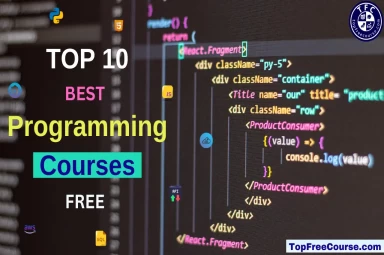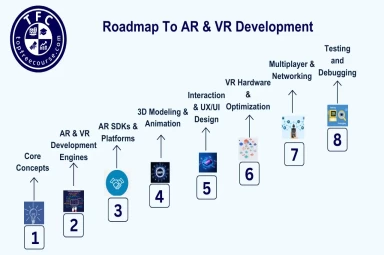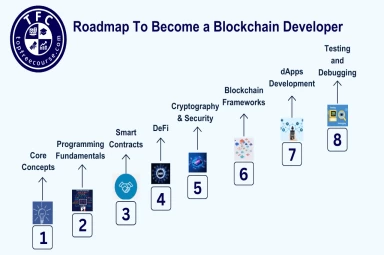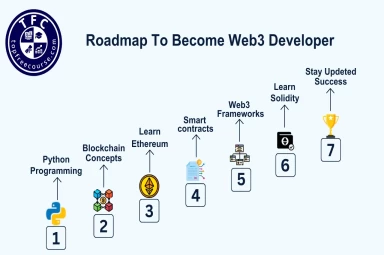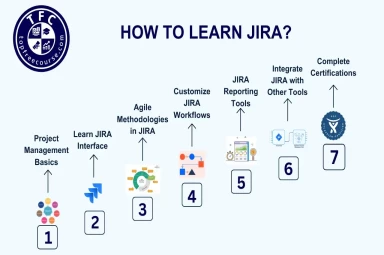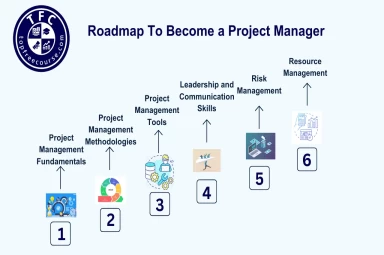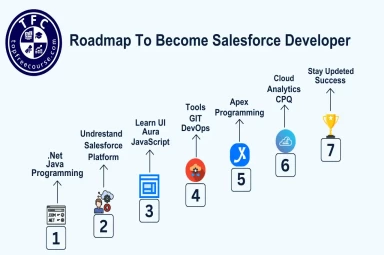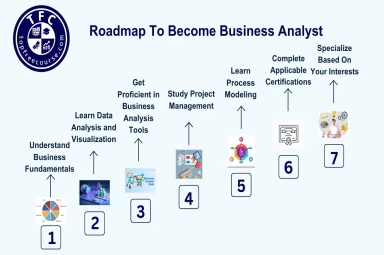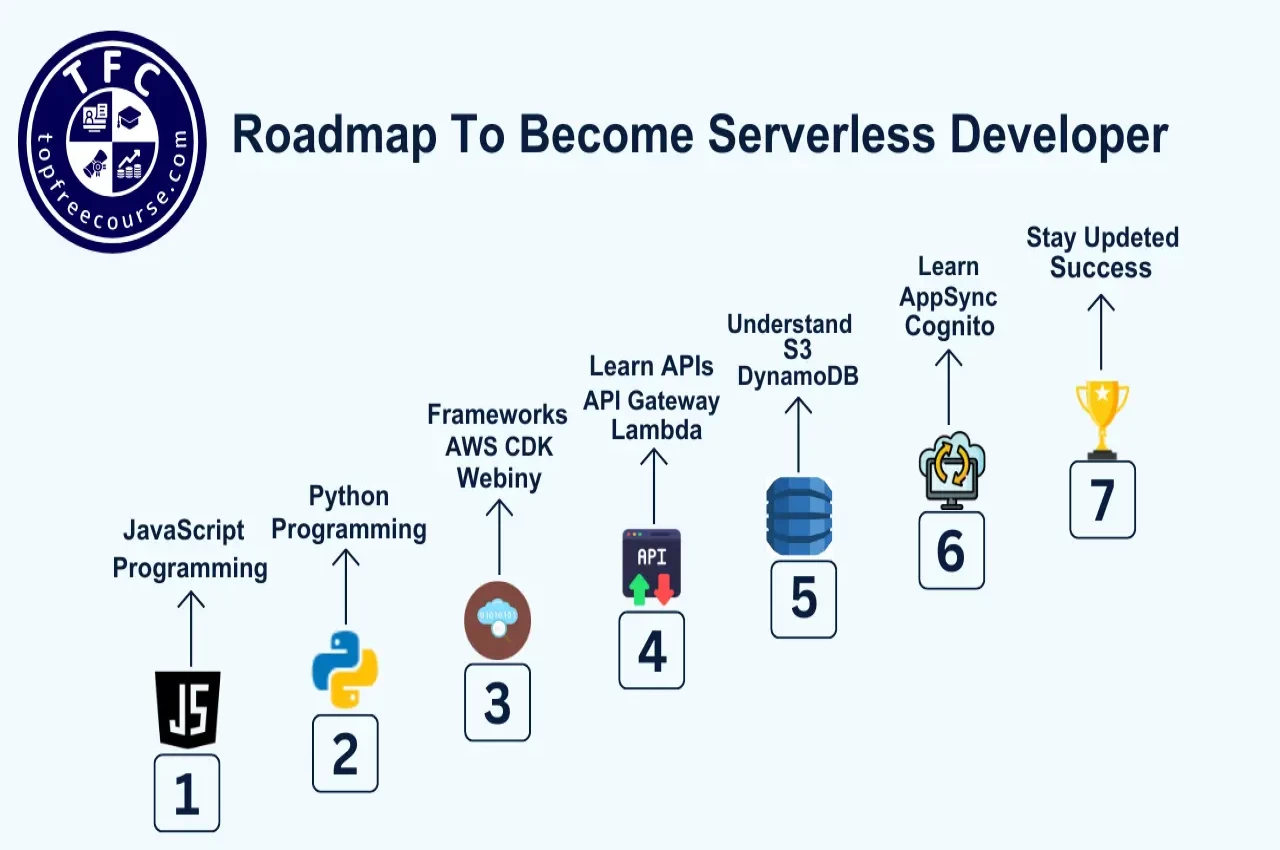
Introduction :
Serverless computing has revolutionized cloud computing in this fast-paced technological world. With serverless technology, you don‘t have to worry about handling large amounts of incoming data, scaling, or managing indispensable infrastructure. Large corporations have already relied on serverless architectures, and demand for skilled serverless developers continues increasing exponentially.
If you consider yourself to become one, dive into the rewarding world of serverless computing with Top Free Course, which will provide the step-by-step guidance you need to know with this comprehensive roadmap and the best courses for serverless computing for Free!
What is Serverless Technology?
Serverless Technology is part of the cloud computing model, in which developers build and run applications without ever thinking about handling large amounts of data, scaling, runtime environments, and infrastructure limitations. Your service provider manages this task automatically. A serverless platform is a cost-effective, efficient, and scalable server infrastructure for your businesses. AWS Lambda, Google Cloud Functions + Firebase, Microsoft Azure, Alibaba Functions, IBM Bluemix/OpenWhisk, etc. are today's top serverless platforms.
What is a Serverless Developer? (Responsibilities)
Serverless developers design programs using Serverless architecture, which cloud platforms like AWS, Google Cloud, or Azure can provide. developers can focus on writing code and faster deployments, Without worrying about server maintenance and management. Serverless developers develop extensible cloud functions, APIs, and data stores and Ensure constant advancement in the software development process.
Serverless Developer Jobs and Opportunities
Serverless technology increasing exponentially because it saves time and money and has a bright future demand for skilled serverless developers continues rising. let's dive into the top job opportunities.
1. Full Stack Serverless Developer
As a full-stack serverless developer, you are responsible for front-end and back-end development, API creation, and database schema design.
2. Cloud Developer
To become a Cloud Developer you are responsible for automating cloud processes, developing custom-made and extensible integrated systems, and continuously managing and maintaining their performance.
3. AWS Developer
AWS (Amazon Web Services)developers are experts in designing, deploying, and maintaining applications on the AWS cloud platform. Professionals build, manage, and update the cloud structure, ensuring the applications fulfill the business requirements.
4. Azure Cloud Developer
To become an Azure cloud developer, you should be proficient in programming languages, cloud computing, DevOps practices, and Azure services including Azure Functions, Virtual Machines, and Container Registry.
5. AWS Serverless Data Engineer
To become a serverless data engineer you must advance in data ingestion, transformation, quality testing, and expertise in AWS services like Kinesis, Lambda, S3, Glue, and Athena.
Serverless Developer Learning Roadmap
With this serverless developer guide let‘s unwrap the key programming languages, frameworks, and services you need to learn to become an expert in this field. Our platform offers high-quality learning resources completely free of charge.
1. Learn JavaScript and Python Programming
To become a serverless developer you should have a solid understanding of programming languages, start with JavaScript or Python, these are the most common languages in serverless development.
2. Choose Framework
Understand the tool. There are so many tools in the market, such as AWS SAM, AWS Amplify, Webiny, Serverless Cloud, etc., but I suggest Serverless Framework or AWS CDK, which is the most popular.
3. Learn APIs Lambda and API Gateway
If you want to learn how to build APIs, start with Lambda and API Gateway. They are easy to understand and teach you the core fundamentals of the framework.
4. Understand more about the services you're using
Dive deeper into the services you're using to understand the strengths, weaknesses, limitations, ideal use cases, and where you should avoid using this service.
5. Start Building your projects
Starting your project by practicing using new services, is a great way to learn a lot about the details of a service and you will learn how to use it for business requirements.
6. Stay updated
Keeping abreast of developments and continuously practicing is the key to success, building an API, adding more services, and repeating steps 3-5 each time. follow this order for more practice:
- - DynamoDB – getting and writing data in a serverless framework
- - S3 – Data storage for reading and writing files
- - DynamoDB – with secondary indexes and queries LSIs and GSIs
- - Cognito – Authorisation to call an API method.
- - AppSync – To create serverless GraphQL APIs
Delve into the world of knowledge, visit- TopFreeCourse for the best quality learning resources for Free. Develop proficiency in Serverless Development with our top-notch free courses.
